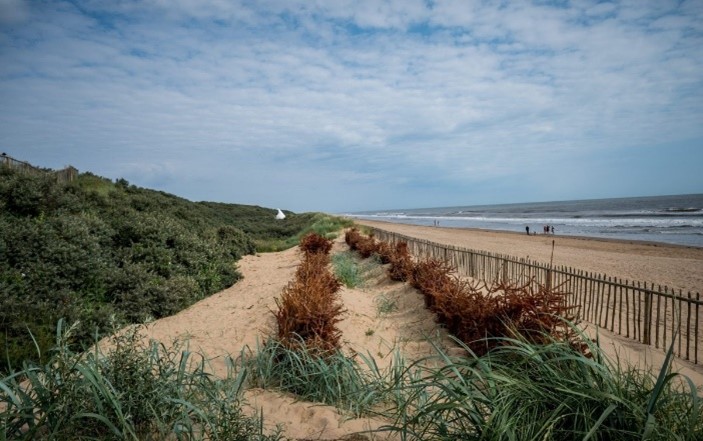In an era of increasingly frequent and powerful flooding events and storms, FRM and CSRM projects are more important than ever. Flooding and coastal storms impact millions of people both directly (e.g., bodily harm, property damage) and indirectly (e.g., supply chain interruptions). FRM and CSRM activities help communities anticipate, prepare for, and adapt to flood events and coastal storms. To support community resilience, USACE helps partners reduce threats to life and property from flooding and coastal storms through a variety of FRM-CSRM services, including model, tool, and plan development.
USACE has a longstanding commitment to resilience, which is reflected in its approach to planning, designing, constructing, operating, and maintaining FRM and CSRM projects. By integrating resilience throughout the CSRM and FRM project life cycle, USACE promotes sustainable development by ensuring long-term viability, proactively addressing hazards and vulnerabilities, and meeting the needs of future generations while supporting economic growth, environmental protection, and social well-being. USACE published the Resilience Integration in the USACE Flood Risk Management Mission Memorandum to provide additional direction on integrating resilience into FRM and CSRM programs and activities. This memo encourages resilience-focused thinking when discussing FRM- and CSRM-related community needs, in alignment with the USACE mission of reducing threats to life and property from flooding and coastal storms.
USACE follows four principles of resilience: Prepare, Absorb, Recover, and Adapt. Individually, each principle provides a framework for developing and incorporating targeted actions and measures into FRM and CSRM projects. Together, these principles span the project life cycle to build and maintain resilience. Many USACE FRM and CSRM projects demonstrate these principles. Explore FRM and CSRM resilience efforts (Prepare, Absorb, Recover, Adapt) to learn more about each principle and how USACE is actively applying them to current projects.

Dune vegetation is one example of natural and nature-based features. |
Resilience offers a way to reduce negative consequences from floods and coastal storms, and USACE helps communities reduce risk through its relevant programs and authorities. USACE’s FRM and CSRM projects usually combine several approaches, which may include structural and nonstructural measures along with natural and nature-based solutions. Incorporating natural and nature-based measures promotes resilience by encouraging economic, environmental, and social benefits. Selecting and implementing the best suite of FRM and CSRM approaches to promote community resilience requires a collaborative effort across government agencies, industry, and public/private partnerships. USACE is committed to working with community and interagency partners and integrating public-private partnerships into its business processes, when feasible.